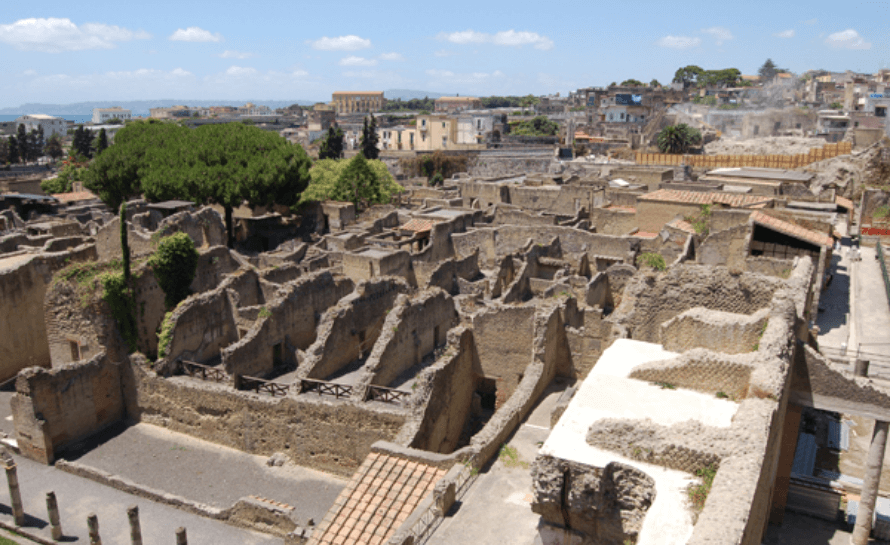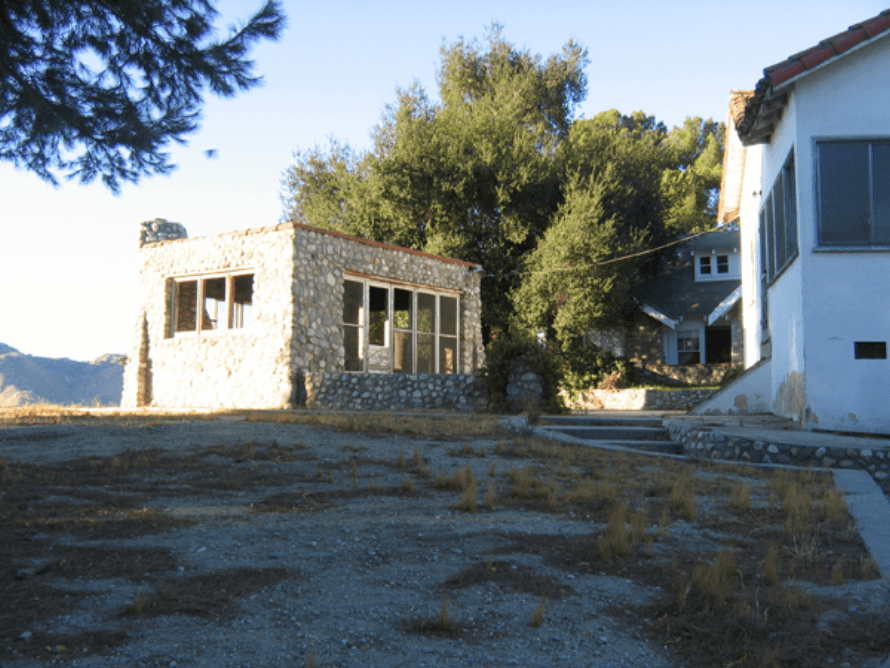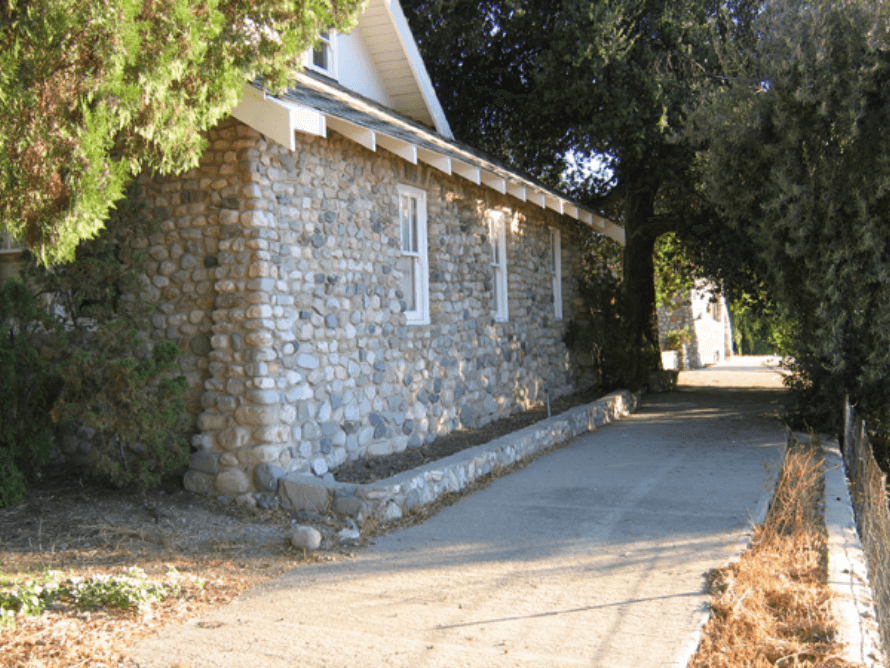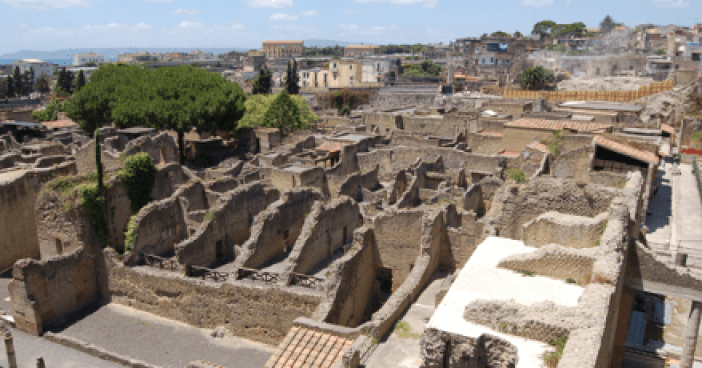What was the beginning of cultural resources preservation in the modern world? I don’t think it was Joni Mitchell’s Big Yellow Taxi in 1970 when she aptly sang “They paved paradise and put up a parking lot, with a pink hotel, a boutique and a swinging hot spot.” But maybe it is the next lyric where she sings “Don’t it always seem to go that you don’t know what you’ve got till it’s gone; they paved paradise and put up a parking lot”. The idea of preservation of course didn’t begin there but it certainly brought into perspective that you need to recognize what you have and what you hold dear before it is all gone.

I think the key to cultural resources preservation is having someone recognize that the loss of important things can be the loss of something that you didn’t realize was the last until it was all gone. Then you lament the fact that you really wish it had been saved.
In the US, this started with the Antiquities Act of 1906 that was designed to protect cultural resources from destruction by mechanical equipment. This preservation ethic was followed by the National Historic Preservation Act of 1966 that established the National Register of Historic Places. They both formed the legal foundation for protecting cultural resources across the country. They covered both prehistoric and historic resources identified by a group, nominated for recognition and provided for protection with both preservation and, in some instances, tax breaks.

The biggest concerns for our society are what should be recognized, who should make the decisions, and exactly how “important” does it need to be. These are decisions modern society needs to make. In California, a threshold of 45 years was set to look at potential preservation. Many other states have similar requirements for assessment. US law has set a 50 year date as the timeline for assessing when a federal action must happen.
These types of assessments are generally made by cultural resources experts associated with private consulting firms or state and federal agencies with concurrence from State Historic Preservation Officers that are tasked with making the determination of importance and ultimate preservation. Depending on the type of resource being considered the type of cultural resources expert may vary. The main categories are prehistoric archaeologist, historic archaeologist, architectural historian, and cultural anthropologist. These experts generally do the original identification and assessment, but the people with an interest in a cultural resource can play a major role in determining the preservation of a resource.

Around the world the time periods may be different but the same assessment occurs. The objective is not to preserve everything, but to permit people to have a say in what they think is important and let a deep breath be taken before a decision for destruction or preservation occurs. Cultural resources assessments should hear from all cultures and look into the concerns of all, not just the influence of those in power and their values, but people’s values in general. This process takes time and the input from all is important. It is not something that should be left up to the last minute so that a thoughtful environmental assessment cannot be completed.
The goal of this is to ensure that we don’t find ourselves in the situation worldwide of “Don’t it always seem to go that you don’t know what you’ve got till it’s gone; they paved paradise and put up a parking lot”.
If you need to talk to a cultural or natural resources expert, let us know.
Did you enjoy this post? The author of this article is Kenneth Lord. Learn more about him here.





